Films

2013
Thank You Many Times, 18 mins
In the film Thank You Many Times we spend time with Balapeer in Baroda, Gujarat. It is a grave shrine or Dargah of a sufi saint, Hazrat Balapeer where people from all religions come to make a wish. And when the wish is granted a clock is offered as a token of gratitude. Each clock then carries a story of the pledger’s lack and its timely fulfillment. Less than fifty years old, situated on the national highway, the Dargah has a strong following amongst truck drivers, travelers, locals and owners of sick cattle and job seekers. The clock, a product of mechanization and a metaphor for chronological time transcends its urban functionality to become a sacred object in a new context. The film was shot on location between 2006-2013
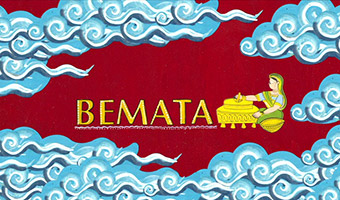
2012
Bemata, 8mins
Based on a Kaavad narrative told by Kojaram Rav, the film Bemata is a collaboration between a traditional storyteller, a Kaavad artist, animators and the film maker. A folk tale is interpreted to include contemporary concerns. Job satisfaction is what we all seek. Bemata, a demi-goddess in heaven is no different, she is not at all happy grinding grains. Inspired by an event in which Raavan manages to get several boons from Lord Vishnu she finds a way to a satisfactory job.
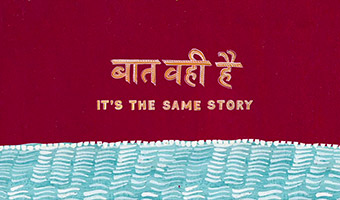
2011
Baat Wahi Hai (It's the same story), 11mins
In the film Baat Wahi Hai (It’s the Same Story) two storytellers argue about their version of a story on Shravan Kumar, as listeners are free to interpret it in their own ways. The art for the film uses the painted images from the wooden portable shrine called the Kaavad. The film is a collaborative work between traditional Kaavad storytellers and the Kaavad artists from Rajasthan, together with the filmmaker. A combination of animation and live-action, the film is an interpretation of two stories told by the storytellers, which are fused in the act of telling and retelling.
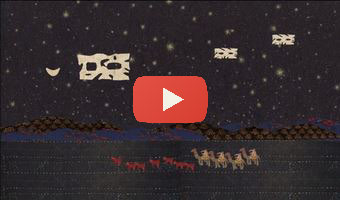
2009
The Stitches Speak (Tanko Bole Chhe), 12 min
Tanko Bole Chhe (The Stitches Speak) is an animated documentary which celebrates the art and passion of the Kutch artisans associated with Kala Raksha. The film traces multiple journeys made by the participants towards defining their identities and towards forming the Kala Raksha Trust and the School for Design. The film uses their narrative art of appliqué and embroideries through which they articulate their responses to life, and events as traumatic as the earthquake and as joyful as flying a kite. Through conversations and memories four voices share their involvement in the evolution of a craft tradition.
Available at Documentary Education Resources
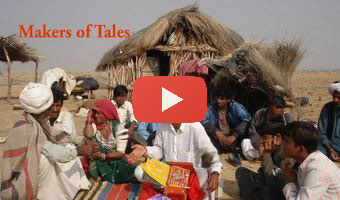
2009
The Makers of Tales, 21 min
The Makers of Tales presents an insider point of view on the Kaavad storytelling tradition of Rajasthan that is on the brink of extinction. A lesser known tradition it constitutes the storytellers using a portable shrine to narrate stories that are local and their own versions of the Great epics. They also use the imagery to recite the genealogies of their patrons. The shrine made by the suthar community of Mewar for the Kaavadiya Bhats of Marwar evokes a sacred space for the patrons who also make donations to have themselves depicted on the shrine along with the Gods and saints. The practitioners talk about the current scenario and the difficulty of sustaining their tradition.
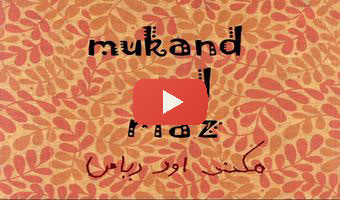
2005
Mukand and Riaz, 8 min
Mukand and Riaz is a story based on the fragmented memories of Mukand who remembers and misses his friend Riaz, his childhood friend. Although their interests were different they were the best of friends. Riaz always looked out for Mukand and was very protective of him. When the partition of India and Pakistan happened in 1947, Riaz helped Mukand and his family to escape safely. Mukand was fourteen when he waved goodbye to his friend. The two friends never met again and the hope is that this film may bring them together.
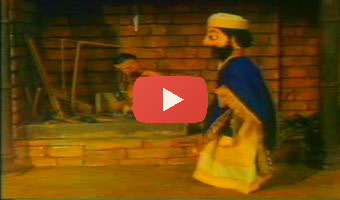
1989-90
All About Nothing, 10 min, 35mm
This is a conjecture on how the zero was invented in India. We made this in 1989 when we did not have videos or computers at work. My team was superb. This film was later translated into a book for children by Tulika Publishers, Chennai, India

1987
A Summer Story, 5 min, b/w 35mm
Based on K G Subramanyan's illustrated book A Summer Story that retells the old story of the thirsty crow in today's context. Ink drawings on paper, animated in 1987. Original book by K G Subramanyan published by Faculty of Fine Arts and Seagulls.
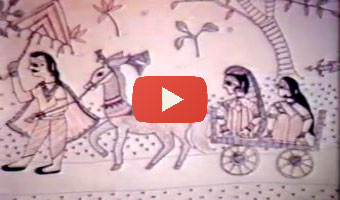
1984
Shubh-Vivah, 5 min, 35mm
Based on the art of Mithila and in specific based on the paintings of Lalita devi from Sewa Mithila I made this film as a student at NID in 1984. The paintings were about the issues of dowry and the women artists from Mithila had exhibited their paintings at a Handicrafts fair in Ahmedabad.
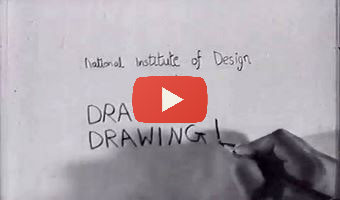
1982
Drawing! Drawing!, 3 min, b/w 35mm
My first animated film ever as a student! The usual pencil and eraser film that first time animators get excited about. Made in 1982 at NID, Ahmedabad under the grand oxberry camera on 35mm sound film, then transferred to Video from screen and digitized years later.